Home>Articles>How Many Points Of Contact Should You Maintain With A Ladder When Moving Up Or Down
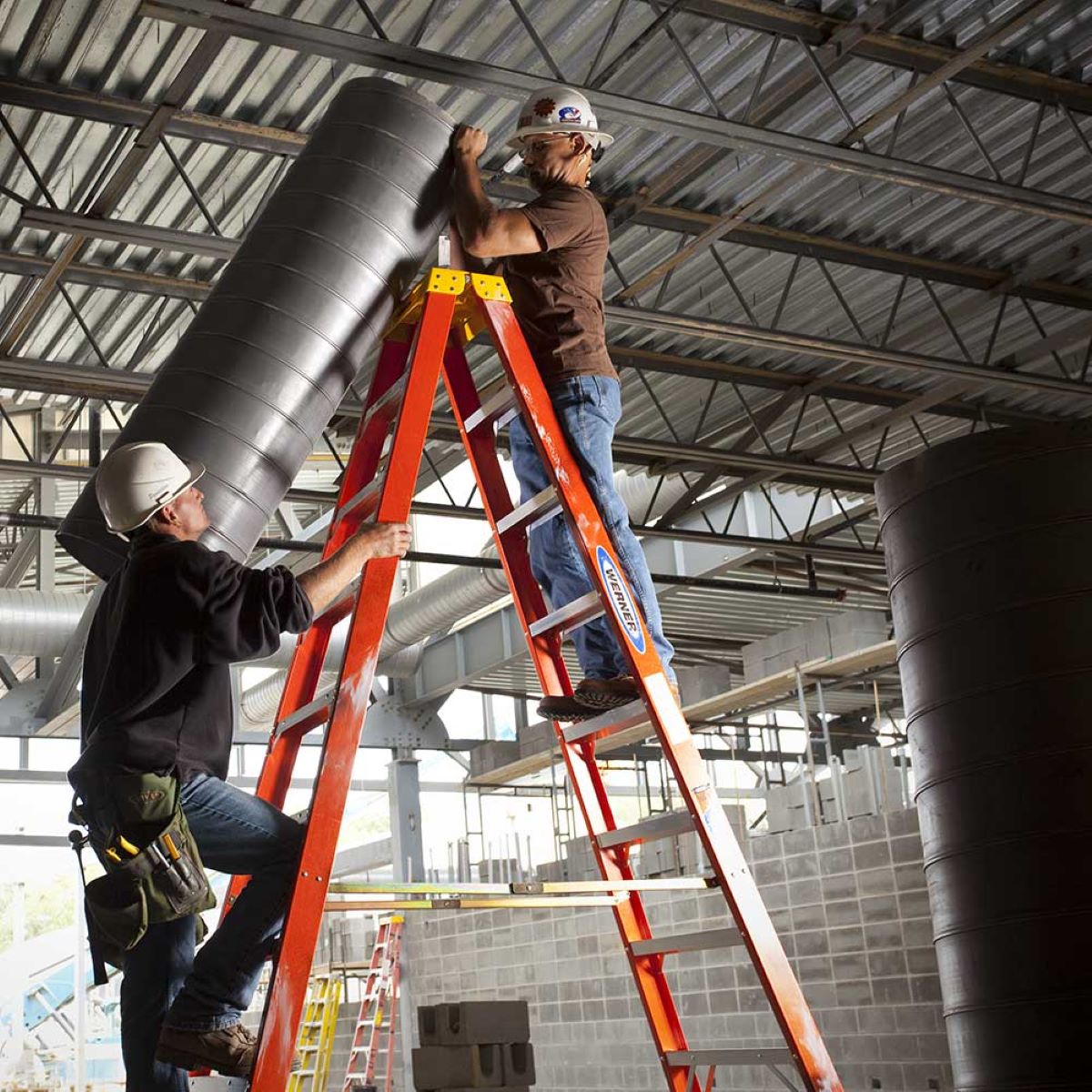

Articles
How Many Points Of Contact Should You Maintain With A Ladder When Moving Up Or Down
Modified: October 18, 2024
Learn the recommended number of points of contact to maintain with a ladder while moving up or down. Read informative articles on ladder safety and best practices.
(Many of the links in this article redirect to a specific reviewed product. Your purchase of these products through affiliate links helps to generate commission for Storables.com, at no extra cost. Learn more)
Introduction
When it comes to using a ladder, safety should always be a top priority. One key aspect of ladder safety is maintaining points of contact while moving up or down. Points of contact refer to the parts of your body that are in contact with the ladder at any given time. By ensuring that you have the appropriate number of points of contact, you can significantly reduce the risk of accidents and injuries.
Whether you are a professional tradesperson or simply performing a DIY project at home, understanding the importance of maintaining points of contact is crucial. It not only protects you from potential falls but also allows you to have better stability and control while using the ladder.
In this article, we will explore the significance of maintaining points of contact with a ladder and provide recommendations on the number of points of contact you should aim for when moving up or down. Additionally, we will discuss proper techniques for maintaining points of contact and highlight the potential risks associated with not following these guidelines.
By the end of this article, you will have a comprehensive understanding of how many points of contact you should maintain when using a ladder and why it is essential for your safety.
Key Takeaways:
- Proper points of contact on a ladder are essential for stability, control, and safety. By following recommended guidelines and techniques, you can confidently navigate heights and minimize the risk of accidents.
- Maintaining the appropriate number of points of contact while moving up or down a ladder is crucial for reducing the risk of falls, ensuring stability, and enhancing overall safety. Prioritize proper techniques and stay mindful of potential risks to work confidently and securely at heights.
Importance of maintaining points of contact with a ladder
Maintaining points of contact with a ladder is crucial for several reasons. First and foremost, it ensures your stability and balance while ascending or descending. By having multiple points of contact, you distribute your weight evenly and reduce the chances of the ladder tipping over. This additional stability allows you to work with greater confidence and minimizes the risk of accidental falls.
Furthermore, maintaining points of contact provides you with better control over your body movements. As you climb or descend a ladder, having a firm grip on the ladder rungs and maintaining contact with multiple points allows you to maintain your balance and easily adjust your position if needed. This control is especially important when working with heavy tools or equipment, as it reduces the likelihood of accidents or damage caused by sudden movements or unsteady footing.
Another significant benefit of maintaining points of contact is that it allows for safer and more efficient work. When you have a secure grip on the ladder with both hands and at least one foot on the rung, you can work with increased precision and accuracy. This is particularly essential when performing tasks that require steady hands or when navigating obstacles or tight spaces on the ladder.
In addition to the immediate safety benefits, maintaining points of contact with a ladder can also have long-term positive effects on your body. By distributing your weight and using proper techniques, you reduce the strain on your joints and muscles, minimizing the risk of overexertion and lowering the likelihood of developing musculoskeletal injuries such as strains or sprains. By prioritizing points of contact, you prioritize your physical well-being and ensure that you can continue to work safely and comfortably in the long run.
In summary, maintaining points of contact with a ladder is essential for your safety, stability, control, and overall efficiency while working. By following recommended guidelines and techniques, you can enjoy a secure and successful experience on the ladder.
Factors affecting the number of points of contact
The number of points of contact you should maintain with a ladder depends on several factors. Understanding these factors can help you determine the appropriate number of points of contact for your specific situation.
1. Height of the ladder: The height of the ladder plays a significant role in determining the number of points of contact. Generally, as the height increases, it is recommended to have more points of contact for increased stability and balance. For shorter ladders, having three points of contact (both hands and one foot) may be sufficient, while taller ladders may require four points of contact (both hands and both feet).
2. Type of ladder: Different types of ladders have varying degrees of stability. For example, a step ladder provides a more stable base than an extension ladder. The type of ladder you are using can influence the number of points of contact you need to maintain. It is essential to follow the manufacturer’s guidelines and recommendations for your specific ladder type.
3. Task being performed: The nature of the task you are performing while on the ladder can also impact the number of points of contact. If you are simply accessing a low shelf or performing light maintenance work, three points of contact may be sufficient. However, if you are working with heavy tools, materials, or performing tasks that require significant movement, it is recommended to maintain four points of contact for added stability and control.
4. Personal comfort and confidence: Each individual may have different levels of comfort and confidence when using a ladder. It is crucial to listen to your body and assess your own capabilities. If you feel more secure and balanced with more points of contact, it is advisable to maintain those additional points, even if they exceed the recommended minimum.
Remember, these factors provide general guidance, but ultimately, your own judgment and assessment of the situation should dictate the number of points of contact you maintain. Prioritize your safety and comfort while using a ladder, and adjust the number of points of contact accordingly.
Recommended number of points of contact when moving up
When ascending a ladder, it is crucial to maintain the appropriate number of points of contact to ensure your safety and stability throughout the climb. By having the right amount of contact with the ladder, you can confidently move upward while reducing the risk of accidents.
The recommended number of points of contact when moving up a ladder typically depends on the ladder’s height and your personal comfort level. However, as a general guideline, it is advisable to maintain at least three points of contact while ascending.
Here is a breakdown of the recommended points of contact when moving up a ladder:
- Both hands: Ensure you have a firm grip on the ladder rungs with both hands. This will provide stability and ensure that you have control over your movements as you climb.
- One foot: Place one foot securely on the next rung before lifting the other foot. This way, you are continuously maintaining contact with the ladder and minimizing the risk of losing balance or slipping.
By maintaining these three points of contact, you distribute your weight evenly and reduce the chances of the ladder tipping over. It also allows you to have better control and stability while ascending, increasing your overall safety.
However, please note that for taller ladders or if you are working with heavy tools or equipment, it is advisable to maintain four points of contact. In such cases, you can use the same guidelines as mentioned above but with the addition of placing both feet securely on the rungs.
Remember, your safety is paramount. If you feel more comfortable and stable with additional points of contact, it is always better to err on the side of caution and maintain those extra points.
Following these recommendations for the number of points of contact when moving up a ladder will help you climb safely and confidently, reducing the risk of accidents or falls.
Always maintain at least three points of contact with the ladder when moving up or down. This means two hands and one foot, or two feet and one hand should be in contact with the ladder at all times for stability and safety.
Recommended number of points of contact when moving down
When descending a ladder, it is equally important to maintain the appropriate number of points of contact to ensure a safe and controlled descent. By following the recommended guidelines, you can minimize the risk of accidents and maintain your balance while moving down.
The recommended number of points of contact when moving down a ladder is generally the same as when moving up. It is advisable to maintain at least three points of contact while descending. Here are the recommended points of contact:
- Both hands: Keep a firm grip on the ladder rungs with both hands as you begin your descent. This will provide stability and allow you to control your movement, especially if the ladder is inclined or the rungs are slippery.
- One foot: Step down to the next rung with one foot before moving the other foot. By maintaining contact with the ladder through your foot, you can better control your descent and reduce the risk of slipping.
By maintaining three points of contact, you distribute your weight evenly and maintain stability while descending. This ensures that you have control over your movements and reduces the risk of falls or accidents.
Similarly, for taller ladders or if you are carrying heavy objects during the descent, it is advisable to maintain four points of contact. In this case, follow the same guidelines as mentioned above but ensure that both feet are securely planted on the ladder rungs as you move down.
It is important to note that when moving down a ladder, you should resist the temptation to jump or skip rungs. Descending slowly and deliberately while maintaining points of contact ensures a safer descent, especially if the ladder is steep or the rungs are uneven.
Remember, safety should always be your top priority. If you feel more comfortable and stable with additional points of contact when descending, it is advisable to maintain those extra points. Trust your judgment and adjust accordingly to ensure a safe and controlled descent.
Following these recommended guidelines for the number of points of contact when moving down a ladder will help you maintain stability, control, and reduce the risk of accidents or injuries during your descent.
Read more: What Are The 3 Points Of Contact On A Ladder
Proper techniques for maintaining points of contact
Maintaining points of contact with a ladder is essential for your safety while working at heights. However, it is equally important to use proper techniques to ensure that you maintain those points effectively. By following these techniques, you can enhance your stability, control, and minimize the risk of accidents.
1. Use a three-point contact rule: The three-point contact rule is a fundamental technique that involves always having three points of contact with the ladder while climbing or descending. This means keeping two hands and one foot, or two feet and one hand, in contact with the ladder at all times. This technique ensures that you have a stable grip and balanced weight distribution throughout the climb or descent.
2. Face the ladder: Focusing on the ladder and facing it directly when ascending or descending helps maintain better balance and control. Avoid excessive twisting or reaching out to the sides while on the ladder, as this can compromise your stability. By facing the ladder, you can keep your body centered and maintain a secure grip on the ladder rungs.
3. Maintain a firm grip: When holding onto the ladder rungs, make sure to maintain a firm grip. Use your palm and fingers to hold onto the ladder securely. Avoid gripping the ladder too tightly, as this can cause muscle fatigue and reduce your overall control. Regularly check your grip and adjust if necessary, especially if your hands become sweaty or fatigued.
4. Move one limb at a time: When climbing or descending, make sure to move one limb at a time. This means lifting one foot or hand from the rung and placing it onto the next one before moving the other limb. This technique ensures that you maintain continuous contact with the ladder, reducing the risk of imbalance or loss of control.
5. Use stable footing: Ensure that each foot is placed firmly on the ladder rung. Avoid standing on the ladder’s edge, as it can lead to instability and a higher risk of tipping over. Place your feet securely on the ladder rungs, ensuring full contact and stability before moving on to the next step.
6. Take it slow and steady: Avoid rushing or making sudden movements while on the ladder. Take slow, deliberate steps and maintain a steady pace. This enables you to maintain better control and balance throughout the climb or descent.
By employing these proper techniques, you can effectively maintain points of contact with the ladder and ensure your safety while working at heights. Remember, practicing these techniques regularly will not only enhance your stability and control but also build confidence in your ladder usage skills.
Potential risks of not maintaining enough points of contact
Not maintaining enough points of contact when using a ladder can lead to various risks and increase the likelihood of accidents and injuries. Understanding these potential risks is crucial in emphasizing the importance of maintaining proper points of contact for ladder safety.
1. Loss of stability: Insufficient points of contact can result in a loss of stability. Without adequate contact with the ladder, you are more prone to wobbling, tipping, and losing balance, which can lead to falls or accidents. Maintaining enough points of contact ensures a firm grip and stable footing, enhancing your overall stability on the ladder.
2. Increased risk of slipping: Insufficient points of contact can increase the risk of slipping. Without secure contact with the ladder rungs or steps, your footing becomes less secure, especially if the ladder or your shoes are wet or slippery. This can result in sudden slips or accidental falls from the ladder.
3. Lack of control: Insufficient points of contact limit your ability to control your movements while on the ladder. The fewer points of contact you have, the less control you have over your body position, increasing the risk of sudden shifts or unbalanced movements. This lack of control can lead to accidents and potentially cause harm to yourself or others.
4. Muscle fatigue and strain: Not maintaining enough points of contact can put excessive strain on certain muscles, leading to fatigue and potential injuries. Compensating with inadequate points of contact requires certain muscles to work harder, leading to increased strain and the risk of muscle fatigue, strains, or even overexertion injuries.
5. Falls and severe injuries: Insufficient points of contact significantly increase the risk of falls from the ladder. Falling from even a small height can result in severe injuries, including sprains, fractures, and concussions, among others. Falling from a greater height can be even more catastrophic, potentially causing life-threatening injuries or fatalities.
6. Overreaching and loss of balance: When you do not maintain enough points of contact, you may be tempted to overreach or lean to access objects or perform tasks. Overreaching can compromise your balance and stability, causing you to lose control and potentially fall from the ladder.
7. Increased risk for ladder tip-over: Insufficient points of contact can lead to uneven weight distribution on the ladder, increasing the risk of it tipping over. This is particularly concerning when working at taller heights or when carrying heavy objects. Maintaining proper points of contact helps distribute weight evenly and minimizes the risk of ladder tip-over.
It is crucial to recognize that the potential risks associated with not maintaining enough points of contact are not worth compromising your safety. By prioritizing ladder safety and always maintaining the recommended number of points of contact, you can significantly reduce the chances of accidents and injuries.
Conclusion
When using a ladder, maintaining points of contact is a vital aspect of ensuring your safety and preventing accidents. By having the appropriate number of points of contact, you enhance your stability, control, and reduce the risks associated with working at heights.
In this article, we have discussed the importance of maintaining points of contact and how they contribute to your overall safety while using a ladder. We explored the factors that can affect the number of points of contact, such as ladder height, ladder type, the task at hand, and personal comfort and confidence. We also provided recommendations for the number of points of contact when moving up and down the ladder, emphasizing the three-point contact rule as a fundamental technique.
Furthermore, we highlighted the proper techniques for maintaining points of contact, including using a three-point contact rule, facing the ladder, maintaining a firm grip, moving one limb at a time, using stable footing, and adopting a slow and steady approach. These techniques help improve stability, control, and overall ladder safety.
We also discussed the potential risks of not maintaining enough points of contact, including loss of stability, increased risk of slipping, lack of control, muscle fatigue and strain, falls and severe injuries, overreaching, and increased risk for ladder tip-over. Understanding these risks underscores the importance of prioritizing proper points of contact and following recommended techniques to ensure your safety while working on a ladder.
Ultimately, the key takeaway is that ladder safety should be a top priority. By maintaining the recommended number of points of contact, using proper techniques, and keeping in mind the potential risks, you can significantly reduce the chances of accidents and injuries. Always stay mindful of your surroundings, take your time, and prioritize your safety while working on a ladder.
Remember, the goal is to complete your work efficiently and safely, ensuring that you can confidently and securely navigate the heights without compromising your well-being. So, make it a habit to maintain those points of contact, be aware of the potential risks, and stay safe on your ladder journeys.
Frequently Asked Questions about How Many Points Of Contact Should You Maintain With A Ladder When Moving Up Or Down
Was this page helpful?
At Storables.com, we guarantee accurate and reliable information. Our content, validated by Expert Board Contributors, is crafted following stringent Editorial Policies. We're committed to providing you with well-researched, expert-backed insights for all your informational needs.
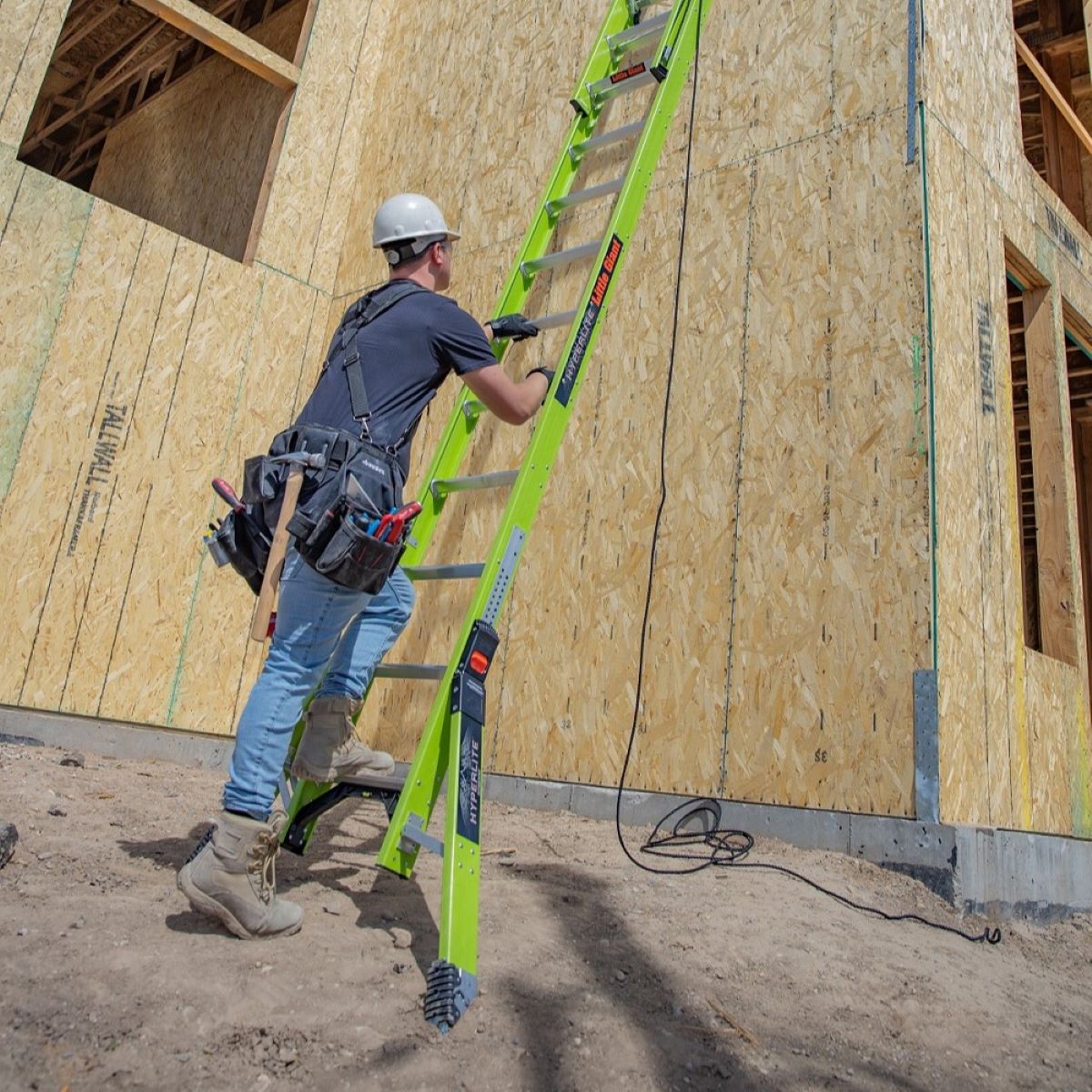

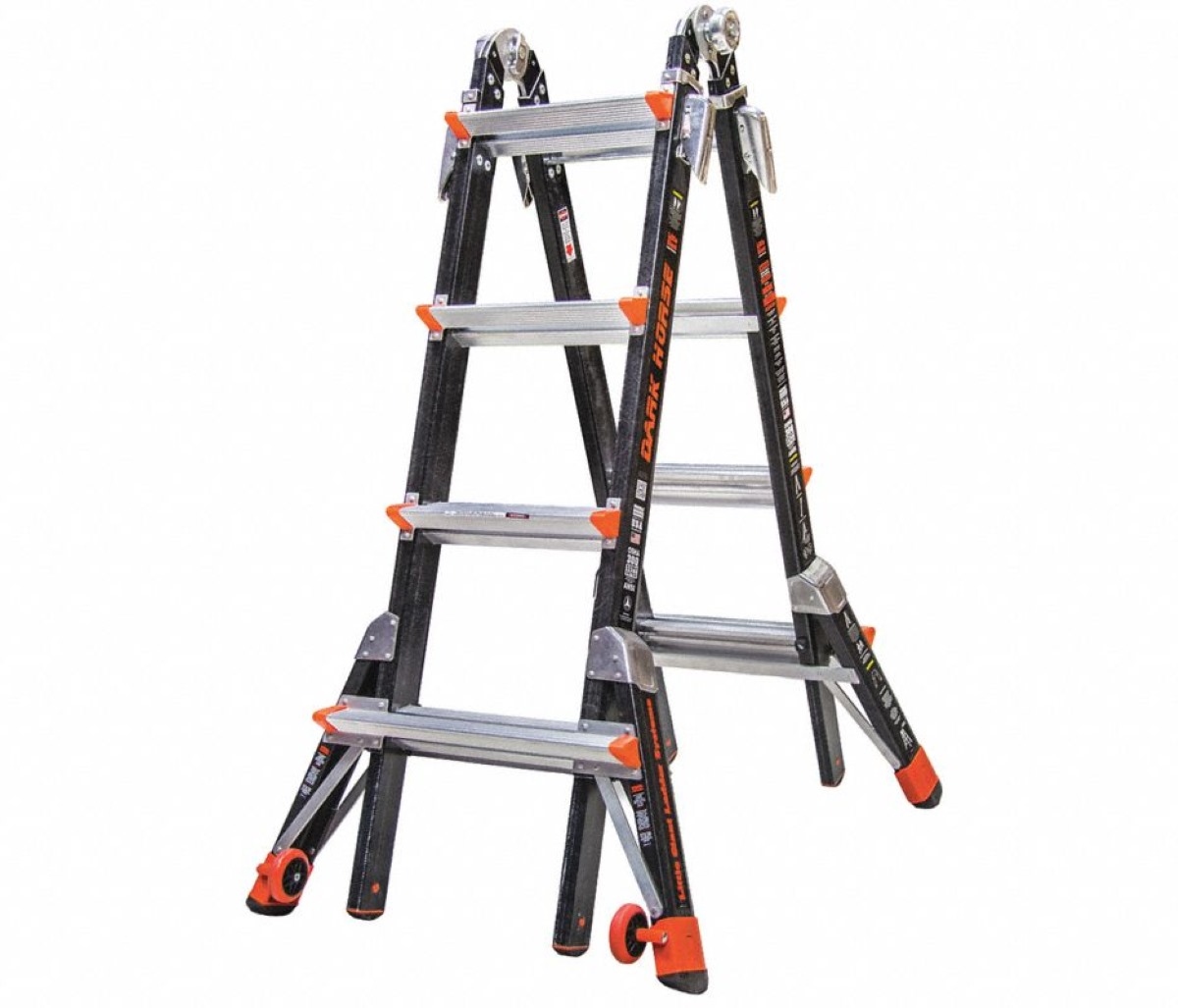
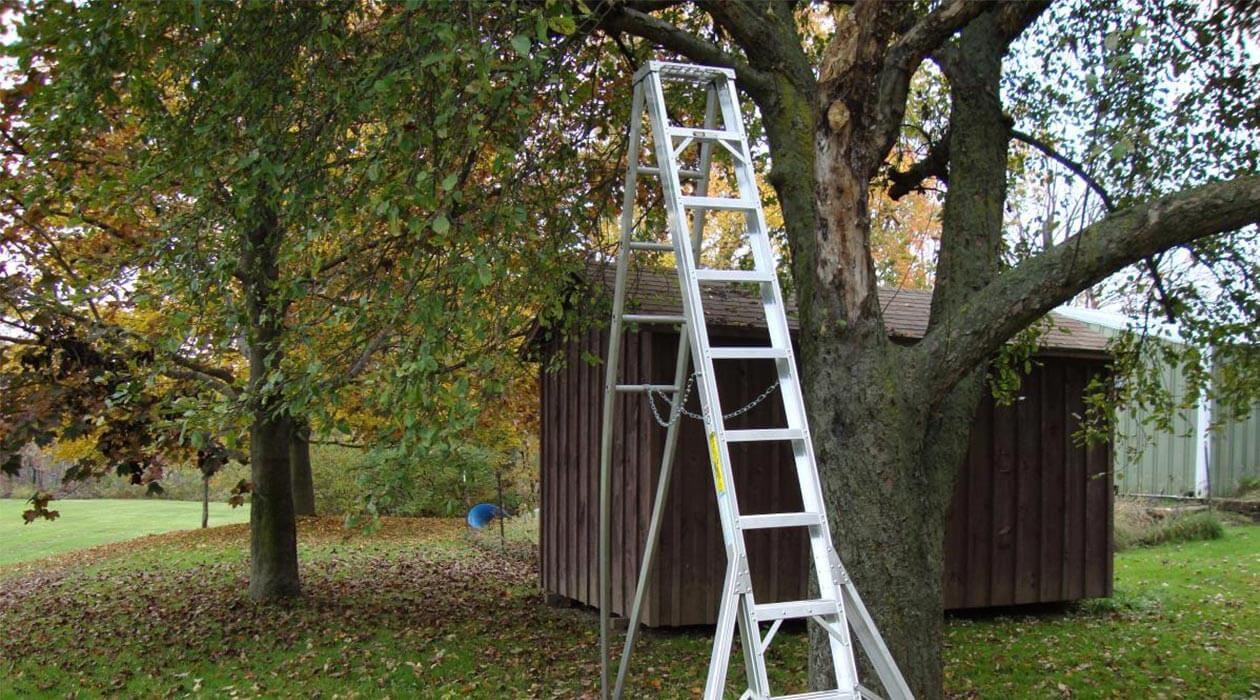
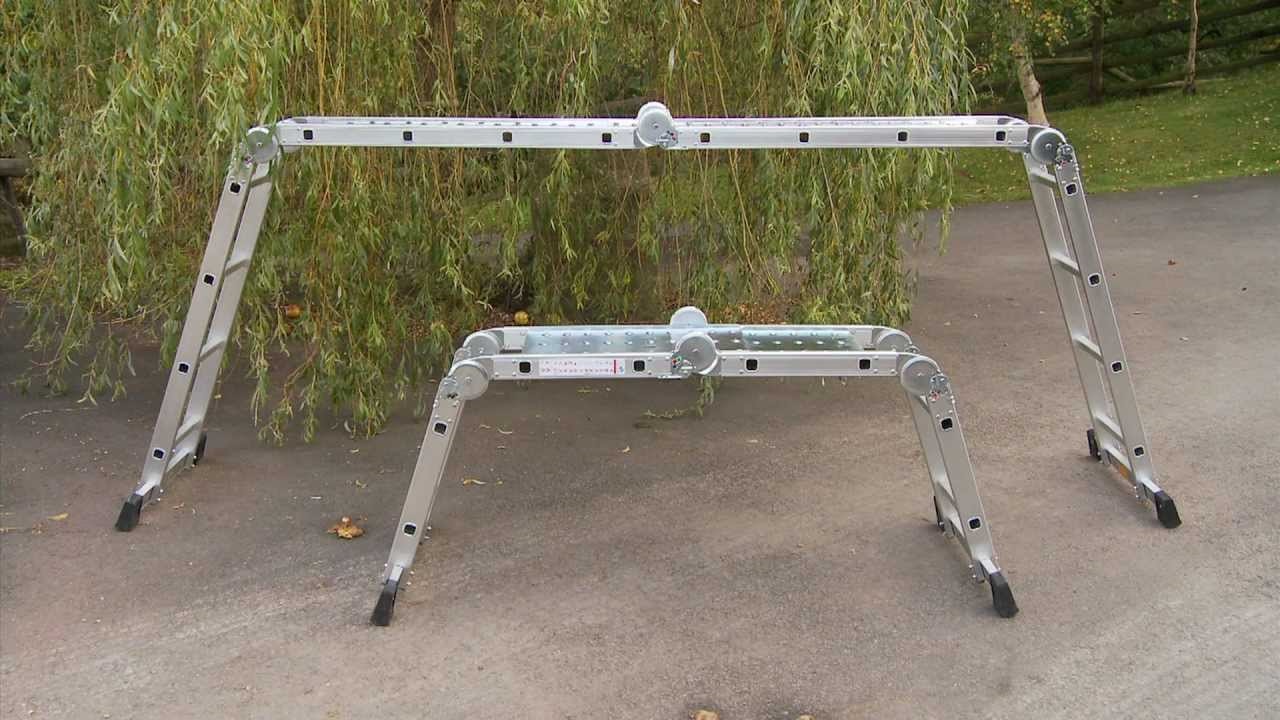

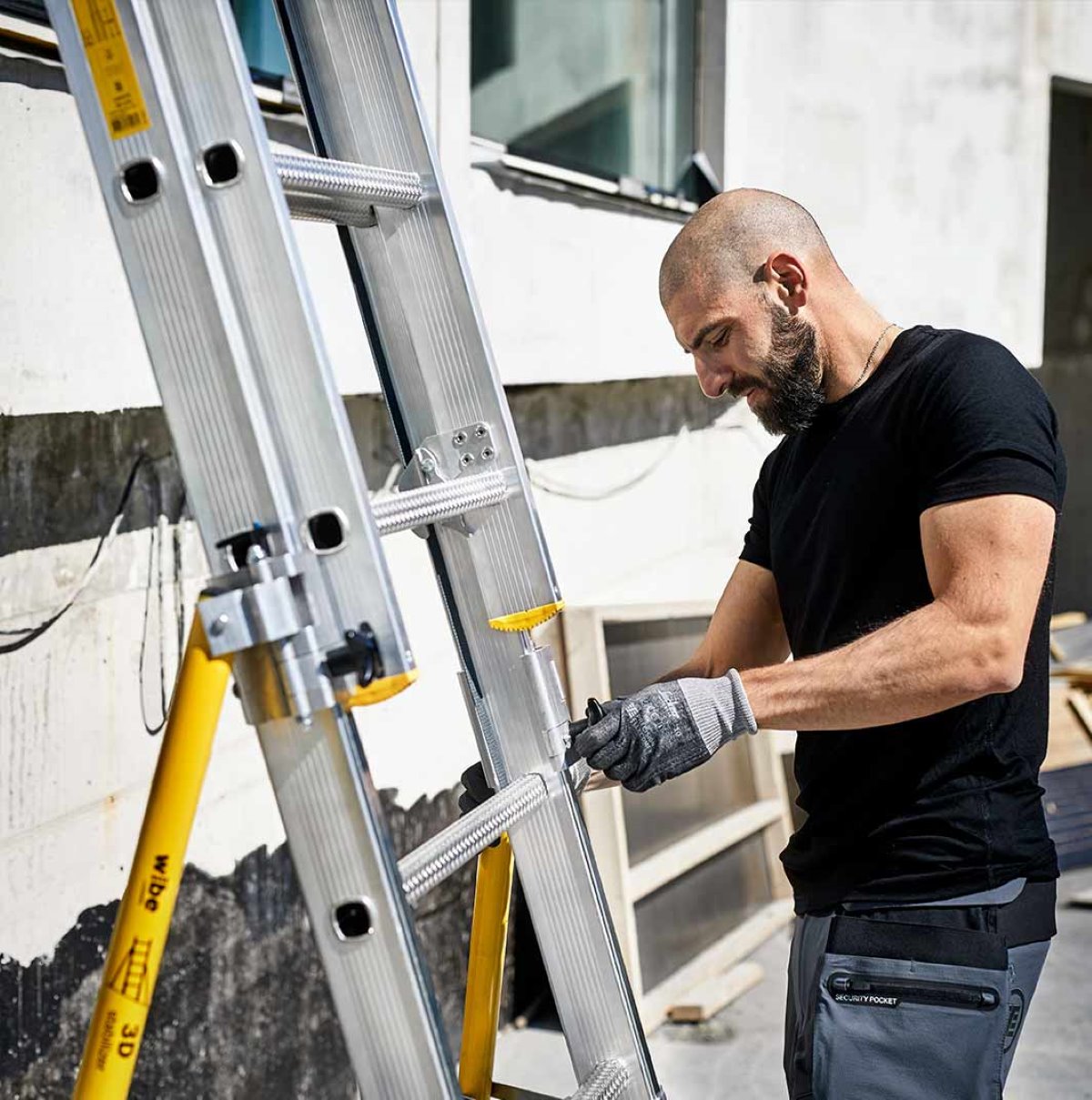
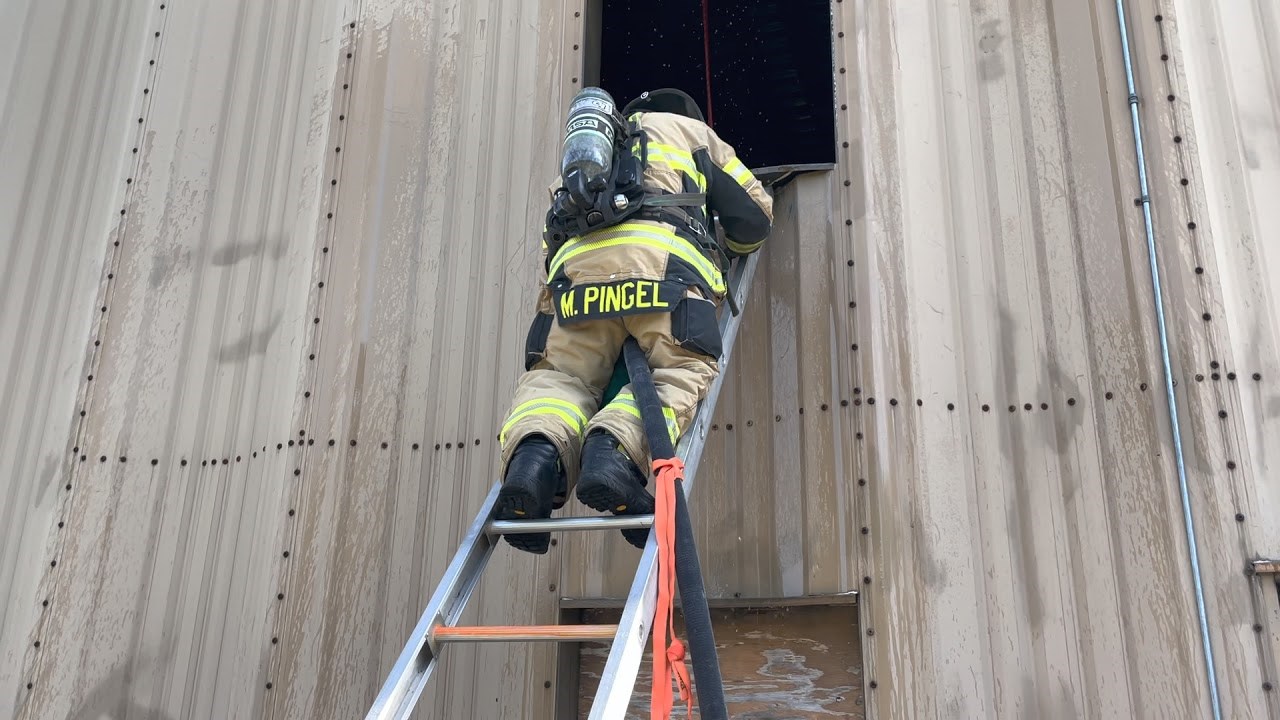

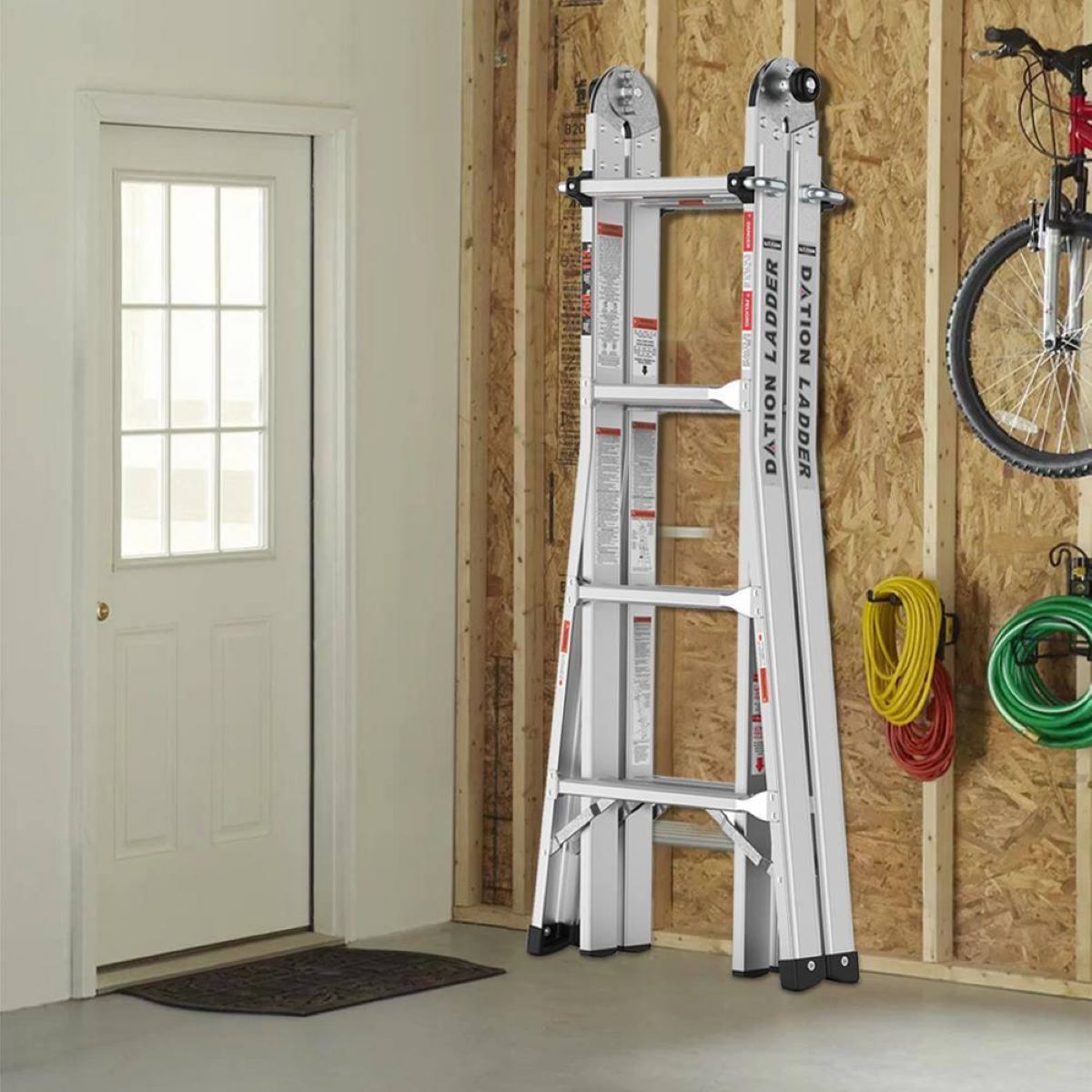
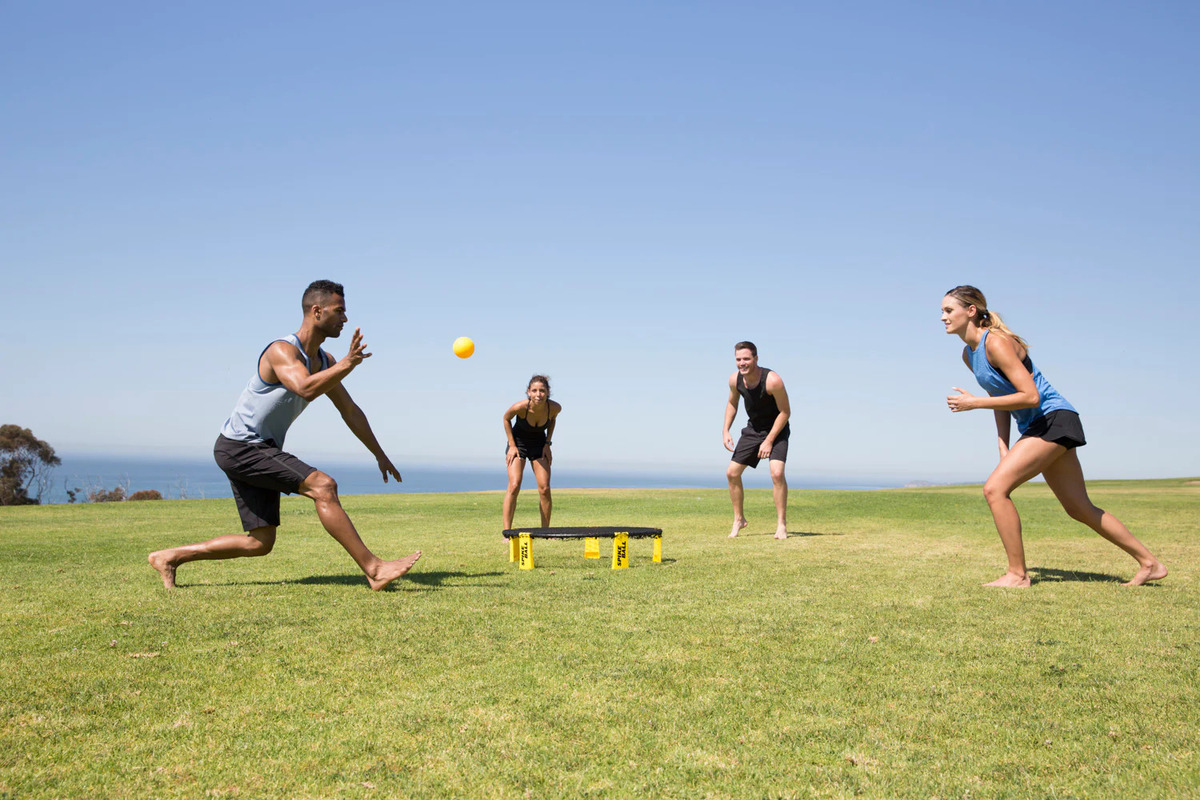




0 thoughts on “How Many Points Of Contact Should You Maintain With A Ladder When Moving Up Or Down”